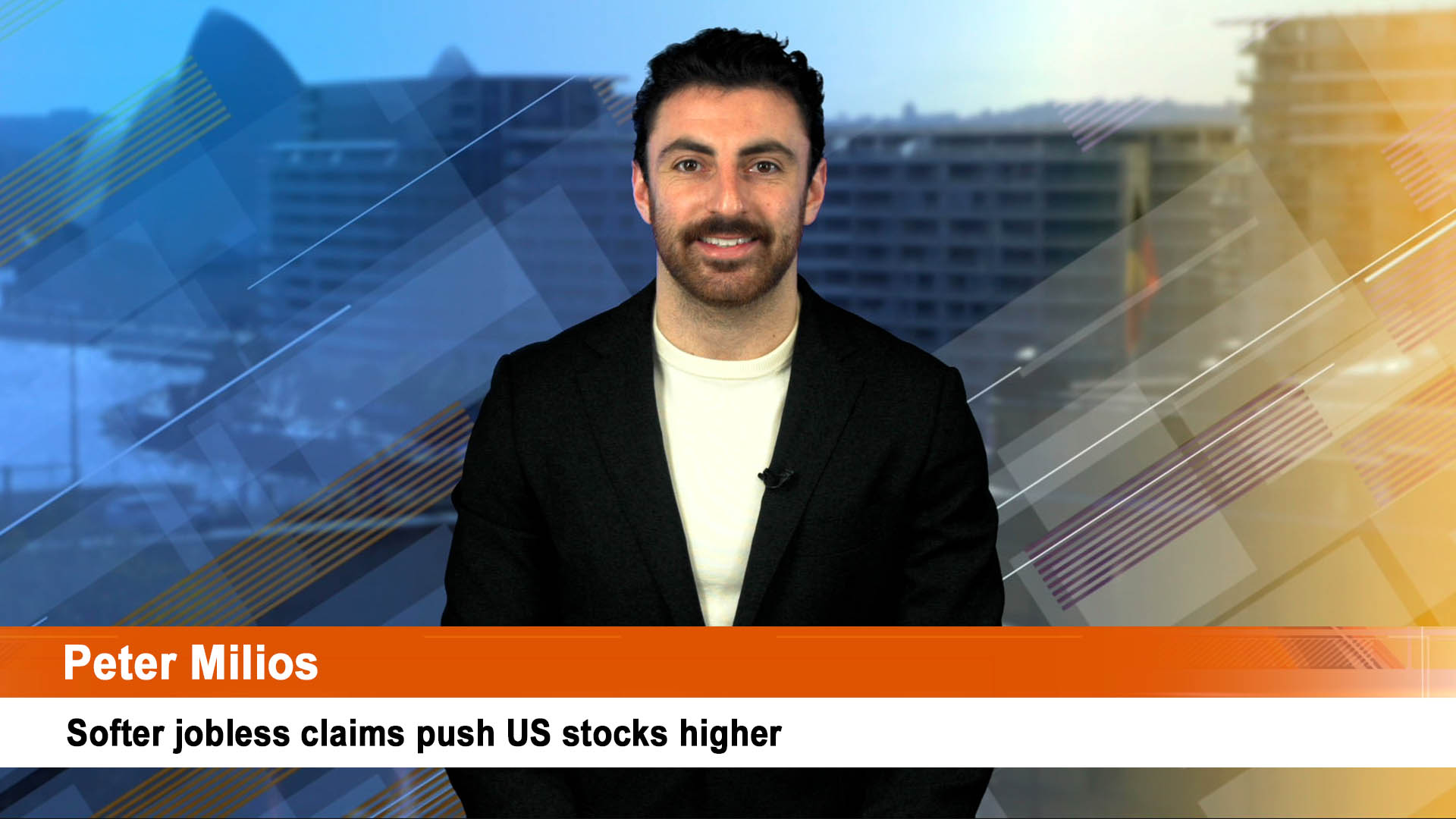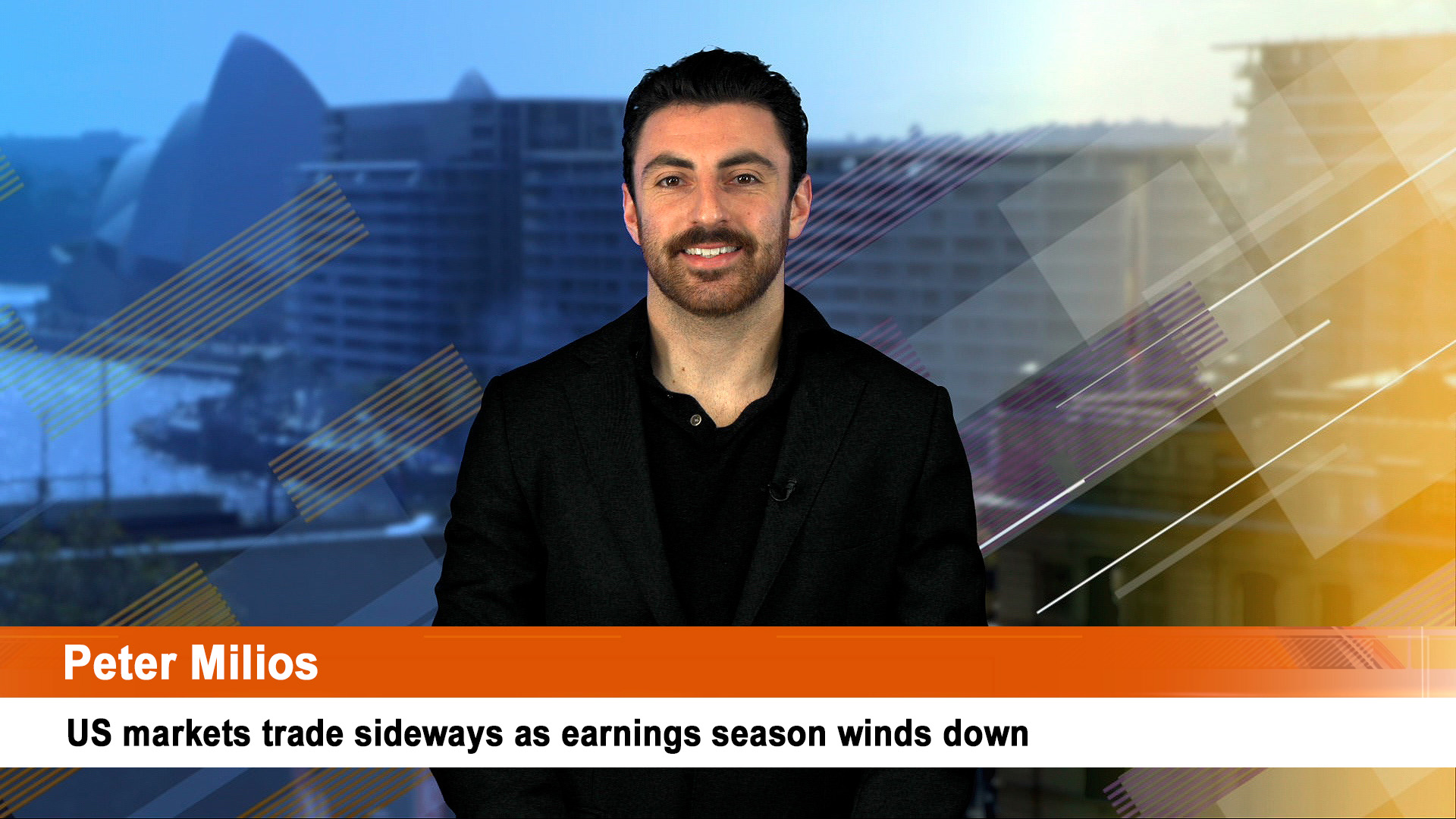Equity markets are heading into what looks like being a volatile second quarter, but April – the heart of the northern Spring – is traditionally the best month of the year for stocks.
All the negatives are there – Covid (especially in China), rising interest rates, the big one, the Russian war of aggression on Ukraine, rising commodity prices and even higher inflation – and yet US markets (and others like the ASX) took all this in their stride.
April 1 was no joke – a late rebound giving Wall Street a positive start to April and the June quarter.
The S&P 500 rose 0.34% to 4,545.86, the Nasdaq added 0.29% to 14,261.50, while the Dow jumped 139.92 points, or 0.40%, to close at 34,818.27 after being down more than 100 points earlier in the session.
News of a fall in oil prices and 431,000 new jobs in March and a fall in the jobless rate to 3.6% (better than the 3.7% market estimate) seemed to help in the end.
While the ASX 200 was up 0.7% in the quarter and 6.4% for March, it ended April 1 with a small loss of less than 0.1%.
Friday’s trading in the Share Price Index saw a 19-point gain by the end, pointing to a modest rise later this morning.
Unlike the ASX, Wall Street was fresh off its first negative quarter in two years, but like the month of March there were positive signs for investors on Friday.
Shares are typically higher in April, and it is historically one of the best months of the year for the S&P 500, along with December and November. (September is the worst because it’s the end of summer and US investors are back at work).
The S&P has been higher 70% of the time and has gained an average 1.7% in all Aprils since World War II, according to Sam Stovall, chief investment strategist at CFRA.
For all months, the S&P averaged a gain of 0.7%.
The S&P 500 was up 3.6% in March, and Stovall said the rally could continue.
For the quarter, the Dow and S&P 500 ended down nearly 4.6% and 4.9%, respectively, while the Nasdaq dropped close to 10%.
The Australian stock market edged lower again on Friday, but it capped off a period which saw the bourse rise 6.4 per cent for the month of March, the market’s best performance since November 2020.
BHP edged closed to last year’s record high, up 1.2% on Friday to $52.39, a strong gain given it was up 2.3% on Thursday when the wider market was even weaker. BHP finished up more than 5% for the week, helping the ASX 200 to rise almost 1.2%.
…………
As China struggles to boost consumer confidence and keep the economy humming, the country’s major onshore stock indexes have just had their toughest quarter since the country’s 2015 market crash.
The CSI 300 Index, which consists of the largest companies listed in Shanghai and Shenzhen, lost nearly 15% in the three months to March 31, while the 500-stock Shenzhen Component Index dropped 18%.
For both benchmarks, this was the biggest quarterly decline in percentage terms since the third quarter of 2015.
The resurgence in Covid as the month went on and especially in the last 10 days upset confidence and damaged the economy as the March surveys of manufacturing and services confirmed.
And there’s no respite – The Chinese government reported that there were 103,965 local Covid infections in March in 29 provincial-level regions.
That’s a rise of more than 75,000 cases from March 18 to March 31.
Daily infections are now running at levels at or more those seen from Wuhan and Hubei province in early 2020.
Among the 29 affected regions, Northeast China’s Jilin Province reported more than 44,000 cases and Shanghai more than 36,000 cases, Lei Zhenglong, a senior official with China’s National Health Commission (NHC), said at a press conference.
The state-owned Global Times newspaper pointed out that Jilin and Shanghai counted for around 90% of cases for March.
Community transmission has not been cut in the cities of Jilin and Changchun of Jilin Province. And the epidemic in Shanghai is rapidly surging and has expanded to some other provinces. The infections in Shanghai are still expected to increase, Lei noted.
According to the NHC, a total of 1,787 domestic cases were discovered in China on Thursday with 1,363 in Jilin Province and 358 in Shanghai. There were also 5,559 asymptomatic cases – 4,144 in Shanghai and 871 in Jilin.
There were 29,306 existing Covid cases in China as of Thursday, according to the paper.













